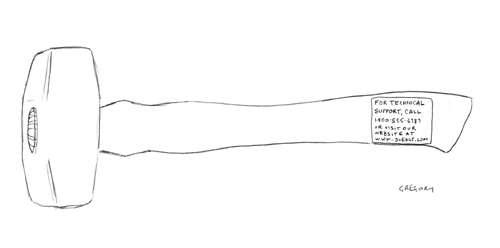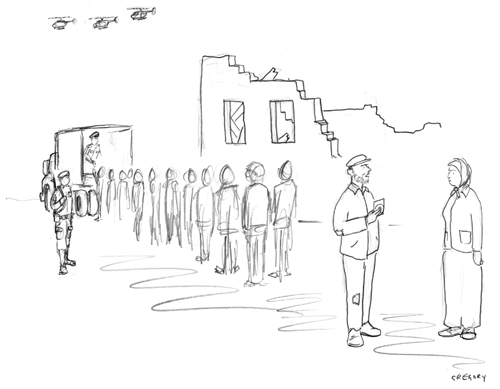cross-media strategies
| As much as you love the web and could think about it and talk about it all day long, at some point, you have to look outward. Most people spend about 20 minutes per day online, leaving 23 hours and 40 minutes for other pursuits. Subtract 8 hours for sleep (don't you wish!), and you have roughly 15 waking hours to reach your users off the web. Problem is: It's a great big, expensive world, filled with people who may not even be Internet users. But the ranks of the wired are growing at an astonishing pace. And as the online population increases, it makes more sense to reach them through traditional venues. At last count, 88% of the U.S. population was online, and that number (220 million Americans) is growing, according to Nielsen NetRatings. So it's actually easy to reach Internet users when they're not on the Internet. The challenge is getting them to follow through. "One of the hardest things about marketing a web site is getting people to cross media," says Hunter Madsen. "There are a lot of opportunities to put your URL on an ad in a public place like a urinal, or on one of those postcards you can pick up at a bar a tactic I don't recommend," Madsen says. "These are low-cost opportunities, and we tried a lot of them. But they tend to perform very poorly." The problem, he said, is human memory. People don't often remember your site's message or address the next time they're online. "There's a huge fall-off in memory from the offline venue to the online venue, because you're not usually close to a web access point when you see the ad." The trick, Madsen said, is to reach the user when they're as close as possible to an Internet access point. So you could target them on their way to work, through billboards or transit ads, or at home, with direct mailings intended for placement near the computer.
 Cross-media marketing tactics:
|
EAN: 2147483647
Pages: 195

 Email their friends (an article, for instance)
Email their friends (an article, for instance)
